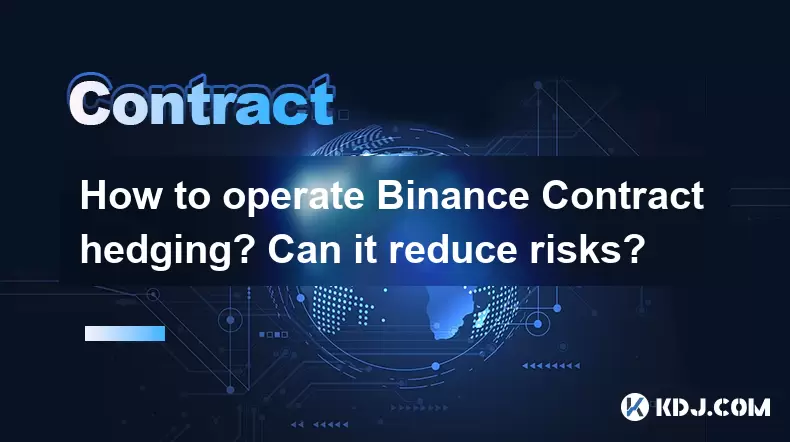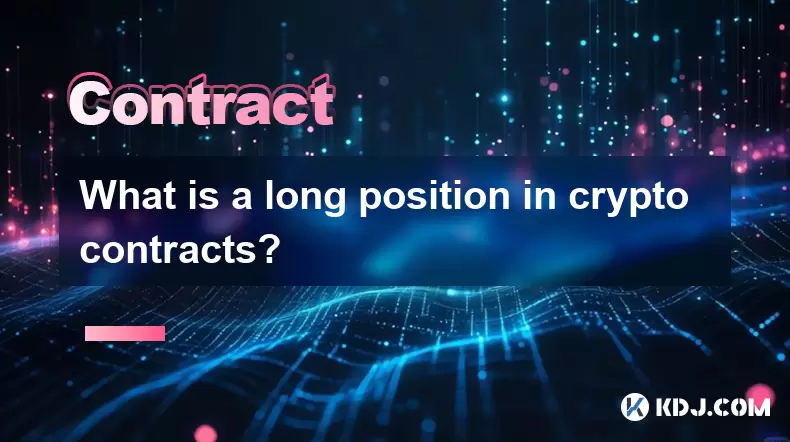-
 Bitcoin
Bitcoin $116300
2.01% -
 Ethereum
Ethereum $3815
5.35% -
 XRP
XRP $3.071
4.46% -
 Tether USDt
Tether USDt $1.000
0.02% -
 BNB
BNB $776.2
1.67% -
 Solana
Solana $173.0
5.70% -
 USDC
USDC $0.9999
0.00% -
 TRON
TRON $0.3389
1.14% -
 Dogecoin
Dogecoin $0.2125
5.92% -
 Cardano
Cardano $0.7627
5.16% -
 Hyperliquid
Hyperliquid $39.00
4.42% -
 Stellar
Stellar $0.4122
5.07% -
 Sui
Sui $3.654
7.22% -
 Chainlink
Chainlink $17.31
5.47% -
 Bitcoin Cash
Bitcoin Cash $582.2
4.28% -
 Hedera
Hedera $0.2521
3.53% -
 Ethena USDe
Ethena USDe $1.001
0.01% -
 Avalanche
Avalanche $22.77
3.47% -
 Litecoin
Litecoin $119.6
2.53% -
 UNUS SED LEO
UNUS SED LEO $8.944
-0.49% -
 Toncoin
Toncoin $3.288
3.95% -
 Shiba Inu
Shiba Inu $0.00001261
3.78% -
 Uniswap
Uniswap $10.12
5.80% -
 Polkadot
Polkadot $3.761
4.23% -
 Dai
Dai $1.000
-0.01% -
 Monero
Monero $285.1
-2.37% -
 Bitget Token
Bitget Token $4.387
1.43% -
 Cronos
Cronos $0.1476
5.88% -
 Pepe
Pepe $0.00001080
4.75% -
 Ethena
Ethena $0.6374
11.58%
How to operate Binance Contract hedging? Can it reduce risks?
Binance Contract Hedging uses futures to manage crypto volatility risks, allowing traders to hedge spot positions effectively on the Binance platform.
May 16, 2025 at 05:21 pm

Introduction to Binance Contract Hedging
Binance Contract Hedging is a strategy employed by traders to manage and mitigate the risks associated with cryptocurrency price volatility. By using futures contracts on the Binance platform, traders can hedge their spot positions, thereby reducing potential losses without exiting their positions. This article will guide you through the process of setting up and executing a hedging strategy using Binance Contracts, and explore whether this method can effectively reduce risks.
Understanding Binance Contracts
Binance offers various types of contracts, including Perpetual Contracts and Delivery Contracts. Perpetual Contracts do not have an expiration date, allowing traders to hold positions indefinitely, while Delivery Contracts have a set expiration date. For hedging purposes, Perpetual Contracts are often preferred due to their flexibility.
To start hedging, you need to have a basic understanding of how these contracts work. Perpetual Contracts use a funding rate mechanism to ensure the contract price stays close to the underlying asset's spot price. This funding rate is paid periodically between long and short positions, depending on the difference between the perpetual contract market price and the spot index price.
Setting Up a Hedging Strategy
To set up a hedging strategy on Binance, follow these steps:
- Open a Binance Account: If you don't have an account, sign up on the Binance website and complete the necessary verification processes.
- Fund Your Account: Deposit the required cryptocurrency into your Binance account to cover margin requirements for trading futures.
- Navigate to Binance Futures: From the Binance homepage, click on the "Futures" tab to access the futures trading platform.
- Select a Contract: Choose the Perpetual Contract for the cryptocurrency you want to hedge. For example, if you have a long position in Bitcoin on the spot market, select the BTCUSDT Perpetual Contract.
- Open a Position: Decide on the size of your hedge. If you want to fully hedge your spot position, the size of your futures position should be equal and opposite to your spot position. For instance, if you hold 1 BTC on the spot market, you would open a short position of 1 BTC on the futures market.
- Monitor and Adjust: Keep an eye on the market and adjust your hedge as necessary. If the spot price moves significantly, you may need to adjust your futures position to maintain an effective hedge.
Calculating the Effectiveness of Hedging
The effectiveness of a hedging strategy can be measured by how well it reduces the overall risk of your portfolio. To calculate this, you can compare the volatility of your unhedged portfolio with the volatility of your hedged portfolio.
For example, if you have a portfolio consisting of 1 BTC purchased at $30,000, and you hedge it by shorting 1 BTC on the futures market at $30,000, any movement in the spot price of Bitcoin will be offset by an equal and opposite movement in the futures position. If Bitcoin's price drops to $29,000, your spot position loses $1,000, but your futures position gains $1,000, resulting in a net change of $0.
Risks and Considerations in Hedging
While hedging can reduce risk, it is not without its own set of challenges and risks. Margin requirements for futures trading can be high, and if the market moves against your hedge, you may face a margin call. Additionally, funding rates can add to the cost of holding a perpetual contract, which can impact the profitability of your hedge.
It's also important to consider basis risk, which is the risk that the futures price does not move in perfect correlation with the spot price. This can lead to imperfect hedges, where the hedge does not fully offset the losses on the spot position.
Can Hedging Reduce Risks?
Hedging using Binance Contracts can indeed reduce risks associated with price volatility in the cryptocurrency market. By opening an opposite position in the futures market, traders can protect their spot positions from adverse price movements. However, the effectiveness of the hedge depends on various factors, including the accuracy of the hedge size, the correlation between the futures and spot prices, and the costs associated with holding the hedge.
Frequently Asked Questions
Q: What is the difference between a full hedge and a partial hedge?
A: A full hedge involves opening a futures position that is equal and opposite to your spot position, aiming to completely offset any price movements. A partial hedge involves opening a smaller futures position, which only partially offsets the risk of the spot position. Partial hedges are used when traders want to reduce risk but still maintain some exposure to potential price movements.
Q: Can I hedge multiple cryptocurrencies at once?
A: Yes, you can hedge multiple cryptocurrencies simultaneously on Binance. Each cryptocurrency would require its own corresponding futures contract. For example, if you hold positions in both Bitcoin and Ethereum, you would need to open short positions in the BTCUSDT and ETHUSDT Perpetual Contracts, respectively.
Q: How often should I adjust my hedge?
A: The frequency of adjusting your hedge depends on market conditions and your risk tolerance. In highly volatile markets, you may need to adjust your hedge more frequently to maintain its effectiveness. It's a good practice to review your hedge at least daily, but some traders may choose to monitor and adjust more frequently, such as every few hours.
Q: What happens if my hedge position is liquidated?
A: If your hedge position is liquidated due to insufficient margin, your spot position will no longer be protected, exposing you to the full risk of price movements. To avoid liquidation, ensure you maintain adequate margin in your futures account and monitor your positions closely.
Disclaimer:info@kdj.com
The information provided is not trading advice. kdj.com does not assume any responsibility for any investments made based on the information provided in this article. Cryptocurrencies are highly volatile and it is highly recommended that you invest with caution after thorough research!
If you believe that the content used on this website infringes your copyright, please contact us immediately (info@kdj.com) and we will delete it promptly.
- BlockchainFX, Bitcoin Swift, Crypto Presales: What's the Hype?
- 2025-08-07 19:10:13
- SHIB Community at Crossroads: Shytoshi Kusama's Leadership Under Scrutiny as Elections Loom
- 2025-08-07 18:30:13
- IREN Overtakes: A New King in the Bitcoin Miner Hashrate Race?
- 2025-08-07 16:31:29
- Memecoins Mania: Whales Eye Pepe Dollar (PEPD) as Bonk Cools Off, While MoonBull Hogs the Spotlight!
- 2025-08-07 16:51:17
- Unilabs, PEPE, and Investment Risk: Navigating the Crypto Hype
- 2025-08-07 16:31:29
- Meme Coin Mania: Rug Pulls, CZ-Inspired Tokens, and the Wild West of Crypto
- 2025-08-07 16:57:14
Related knowledge

What programming languages are used for smart contracts?
Aug 07,2025 at 06:07pm
Understanding Smart Contracts and Their Execution EnvironmentSmart contracts are self-executing programs deployed on blockchain networks that automati...

What is a long position in crypto contracts?
Aug 07,2025 at 06:29pm
Understanding the Concept of a Long Position in Crypto ContractsA long position in crypto contracts refers to a trading strategy where a trader buys a...

Why is my Bitstamp futures position being liquidated?
Jul 23,2025 at 11:08am
Understanding Futures Liquidation on BitstampFutures trading on Bitstamp involves borrowing funds to open leveraged positions, which amplifies both po...

How to report Bitstamp futures for taxes?
Jul 30,2025 at 08:35am
Understanding Bitstamp Futures and Taxable EventsWhen trading Bitstamp futures, it’s essential to recognize that these financial instruments are treat...

Does Bitstamp offer inverse contracts?
Jul 23,2025 at 01:28pm
Understanding Inverse Contracts in Cryptocurrency TradingIn the realm of cryptocurrency derivatives, inverse contracts are a specific type of futures ...

What is the difference between futures and perpetuals on Bitstamp?
Jul 27,2025 at 05:08am
Understanding Futures Contracts on BitstampFutures contracts on Bitstamp are financial derivatives that allow traders to speculate on the future price...

What programming languages are used for smart contracts?
Aug 07,2025 at 06:07pm
Understanding Smart Contracts and Their Execution EnvironmentSmart contracts are self-executing programs deployed on blockchain networks that automati...

What is a long position in crypto contracts?
Aug 07,2025 at 06:29pm
Understanding the Concept of a Long Position in Crypto ContractsA long position in crypto contracts refers to a trading strategy where a trader buys a...

Why is my Bitstamp futures position being liquidated?
Jul 23,2025 at 11:08am
Understanding Futures Liquidation on BitstampFutures trading on Bitstamp involves borrowing funds to open leveraged positions, which amplifies both po...

How to report Bitstamp futures for taxes?
Jul 30,2025 at 08:35am
Understanding Bitstamp Futures and Taxable EventsWhen trading Bitstamp futures, it’s essential to recognize that these financial instruments are treat...

Does Bitstamp offer inverse contracts?
Jul 23,2025 at 01:28pm
Understanding Inverse Contracts in Cryptocurrency TradingIn the realm of cryptocurrency derivatives, inverse contracts are a specific type of futures ...

What is the difference between futures and perpetuals on Bitstamp?
Jul 27,2025 at 05:08am
Understanding Futures Contracts on BitstampFutures contracts on Bitstamp are financial derivatives that allow traders to speculate on the future price...
See all articles

























































































